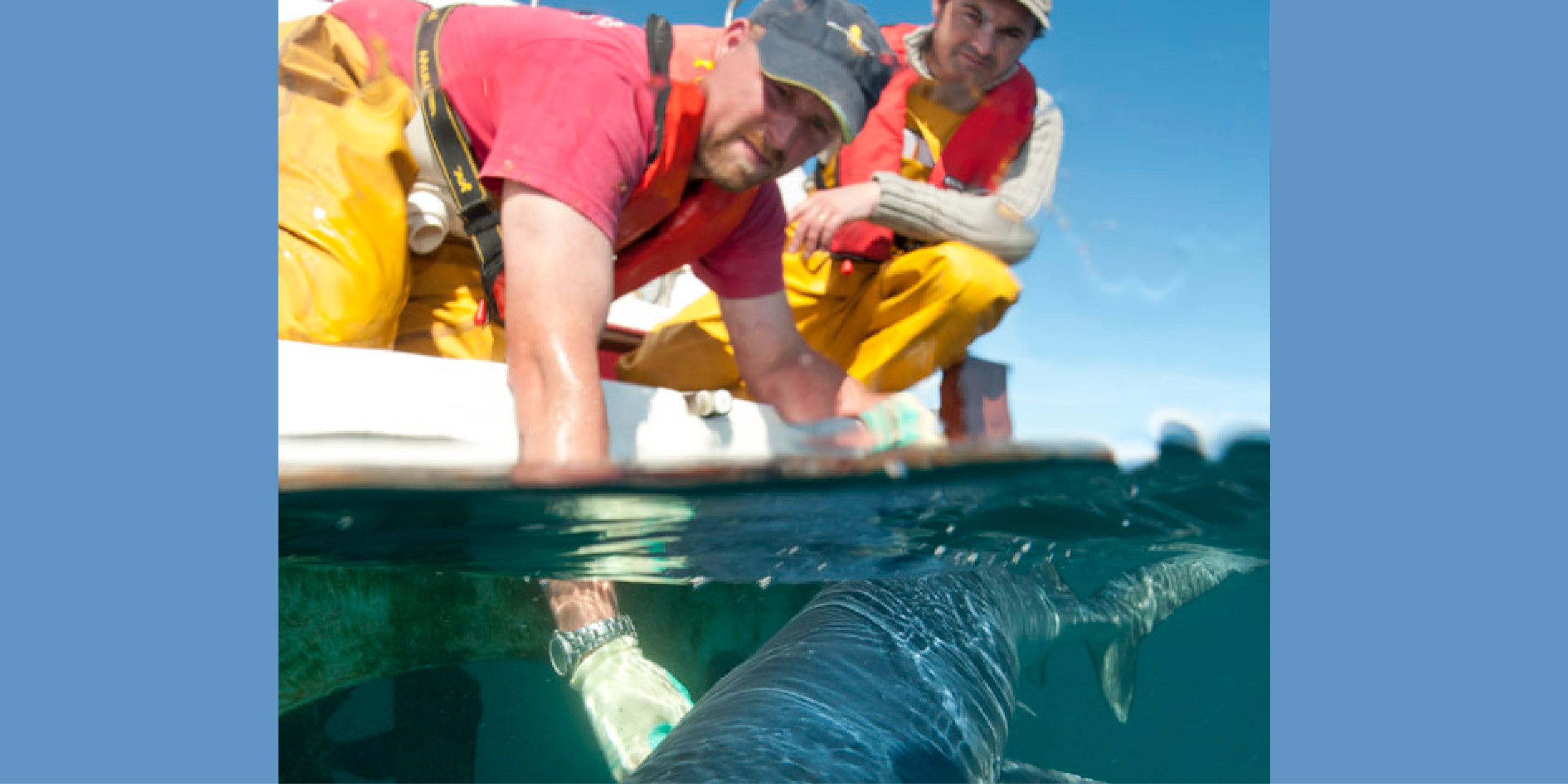In This Section
- Home
- About the College
- Governance
- College Committees & Steering Groups
- College Assembly
- College Council
- College Executive Management Committee
- College Academic Programmes and Curriculum Development Committee
- College Graduate Studies Committee
- College Research & Innovation Committee
- College Teaching Learning and Student Experience Committee
- College Student Recruitment and Outreach Committee
- College Sabbatical Research Leave Committee
- College of SEFS Adjunct Appointments Committee
- International Education Committee
- College Postgraduate Student Committee
- Athena SWAN Steering Group
- College Committees & Steering Groups
- Human Resources
- Annual UCC STEM Awards
- Scholarships and Prizes
- Women in STEM Panel Talks
- Inaugural Professorial Lectures
- Athena SWAN in SEFS
- Proposal Calls
- Contact Us
- Science in Society Public Lecture Series
- Governance
- News
- Staff
- Schools and Departments
- Current Students
- Undergraduate Courses
- Postgraduate Courses
- International Students
- Research and Innovation
- Employability and Careers
- Outreach and Public Engagement
- Science Week
- Transition Year Programmes
UN-backed global research movement shows benefits of tracking ocean giants for marine conservation

A team of international scientists have tracked over 100 marine megafauna species, identifying the most critical locations in our global oceans for better marine conservation efforts.
The global UN-endorsed research project, MegaMove, involves almost 400 scientists from over 50 countries, with six researchers from University College Cork, Ireland, contributing to this ambitious international project.
Some of the ocean’s best-known creatures – known as marine megafauna – include sharks, whales, turtles, seabirds, and seals. They are typically top predators with critical roles in marine food webs, but face growing threats from humans’ environmental impact, with many classed as vulnerable to extinction.
Current marine protection areas for conservation of marine species and habitats cover only 8 per cent of the world’s total oceans, which the UN High Seas Treaty seeks to expand to 30 per cent. The research found that these targets - signed by 115 countries but still to be ratified – is a step in the right direction but will still be insufficient to protect all important areas. This means that additional mitigation strategies are needed to alleviate pressures beyond areas that will be protected.
Dr Mark Jessopp, one of the study’s co-authors said: “the study’s goal was to identify areas used by marine megafauna for important behaviours like foraging, resting, or migratory corridors, and these areas and behaviours can only be found based on their tracked movement patterns.”
“UCC has a strong track record in tracking ocean predators, with researchers contributing tracking data from seals, sharks and seabirds to this global study. Together we have outlined the most important locations for 30 per cent area protection for global marine megafauna species, ranking them based on the largest number of species using areas for important behaviours”
“One well-known Irish species included in the analysis is the Atlantic puffin, which is classified as Endangered in Europe. These birds undertake large scale migrations across the Atlantic in the winter, making them vulnerable to a range of impacts outside of Irish waters, highlighting the need for international co-ordination of conservation efforts to protect this and other species that undertake such large-scale movements” Dr Jessopp said.
Professor John Quinn, a co-author of the study said: “The study is a reminder that in addition to identifying important areas that need protection, threat mitigation measures need to be implemented in these areas. This might include, for example, changes to fishing gear and stricter adherence to scientific advice on fishing quotas.”
“These policies have important implications for protecting marine biodiversity, but also for how we manage our marine resources generally, ensuring sustainability in fisheries and other industries, like tourism, as brought to focus by the recent decline of whales in Co. Cork”.
“Here at UCC, we study remarkable species, such as the Manx shearwater, a relative of albatrosses. They breed on many of our islands, such as the Skelligs and the Blaskets, and can fly up to 3000 km looking for food to feed their chicks far offshore. We need to ensure their habitats are protected, on land and at sea, and this study will help in that regard”.
Dr Tom Doyle, a co-author of the study said: “From an Irish perspective, this is an important study because we have our fair share of large migratory species that use our waters. For example, blue sharks migrate thousands of kilometres and can cross many different EEZs (Exclusive Economic Zones). The blue sharks we tracked from Cork migrated south into the Bay of Biscay, the Azores, and as far as the coastal waters of Morocco and the Canary Islands. This presents a challenge for area-based conservation in terms of where to best place Marine Protected Areas. Results from this study suggest that our animals spend most of their time in EEZs, so enhancing protection within areas of national jurisdiction and as part of a network of MPAs, is one of the quickest ways to help our blue sharks and other species.”
Six researchers from UCC contributed to this important study; Dr Mark Jessopp, Dr Tom Doyle, Dr Ashley Bennison, Dr Michelle Cronin, Mr Luke Harman and Prof. John Quinn.
The research links to UN Sustainable Development Goals, Goal 14 on water, and the Kunming-Montreal Global Biodiversity Framework to halt human-induced extinction of threatened species.
The research has been published in the journal 'Science'.
College of Science, Engineering and Food Science
Coláiste na hEolaíochta, na hInnealtóireachta agus na hEolaíochta Bia
Contact us
Block E, Level 3, Food Science Building, UCC, Cork, T12 YN60.
